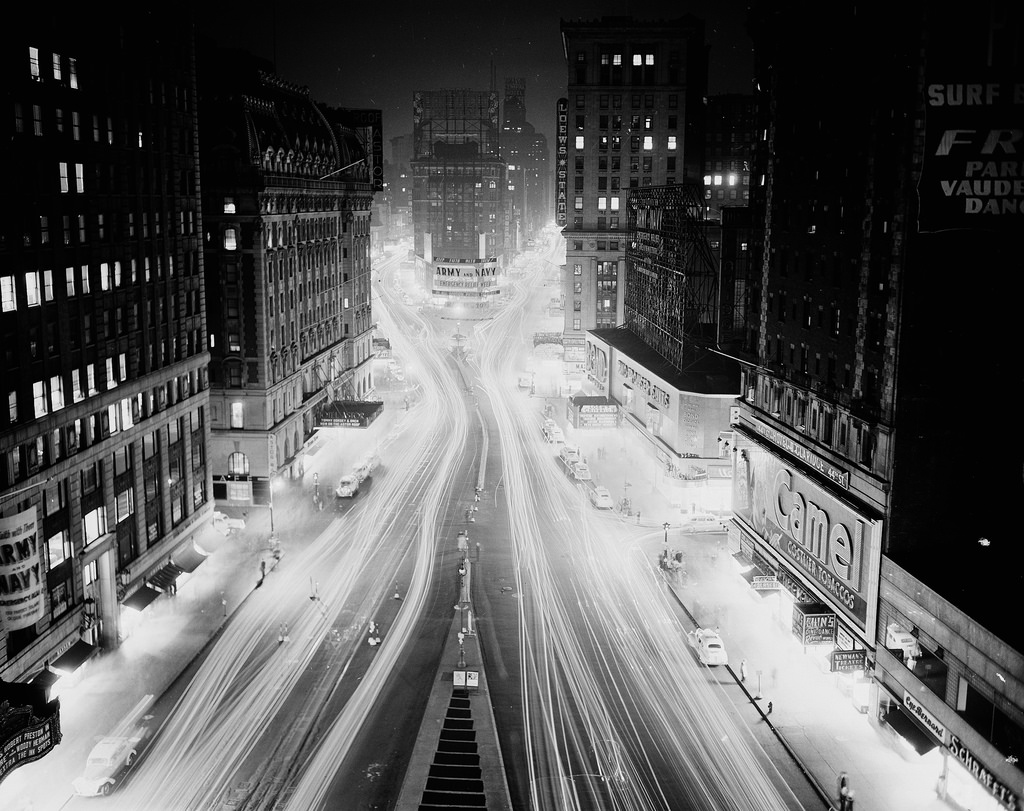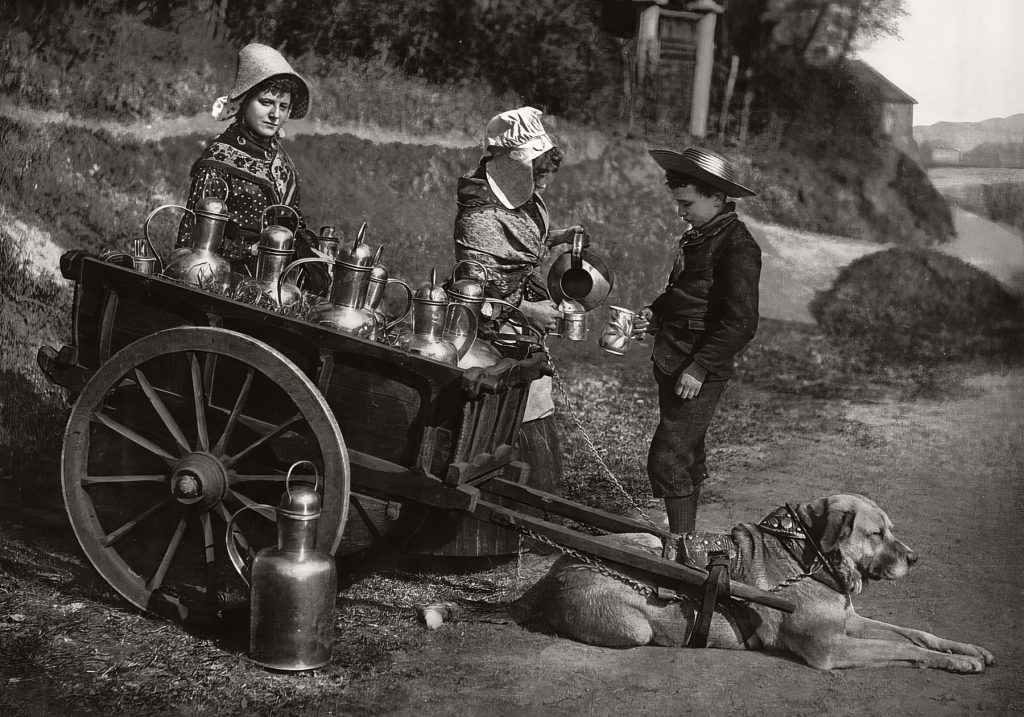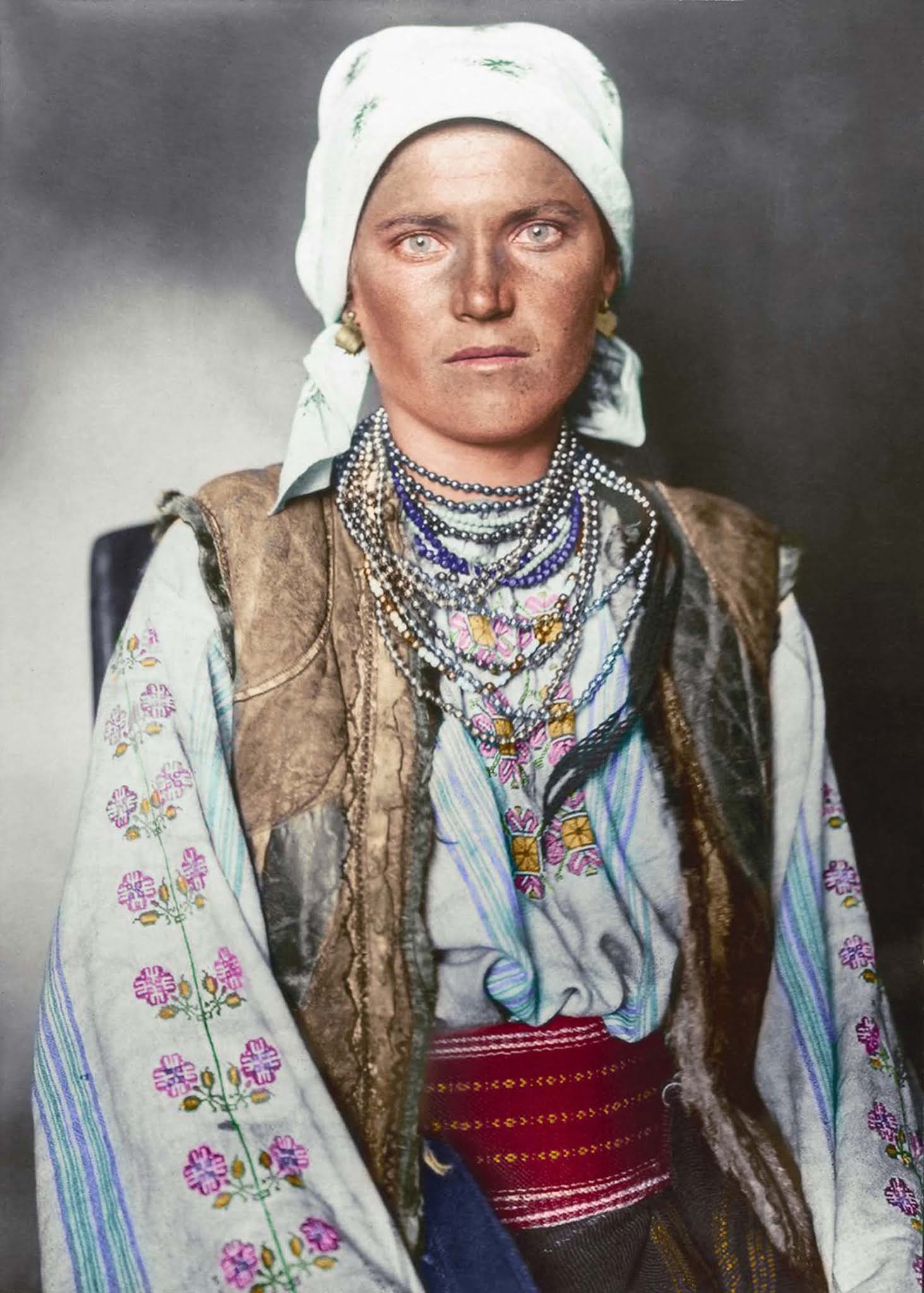
“Ruthenian woman.” Historically inhabiting the kingdom of the Rus ranging from parts of modern-day Slavic-speaking countries, this example of Ruthenian traditional dress consisted of a shirt and underskirt made from linen which was embroidered with traditional floral-based patterns. The sleeveless jacket is constructed from panels of sheepskin. 1906.
Ellis Island served as the United State’s largest immigration station, processing up to 12 million people between 1892 and 1954. These historical photos were taken between 1906 and 1914 by amateur photographer Augustus Sherman.
Sherman was an untrained, yet highly gifted photographer who created hundreds of images documenting the new arrivals to America. Fascinated by the diverse origins and cultural backgrounds of his subjects, Sherman created a riveting series of portraits, offering viewers a compelling perspective on this dynamic period in American history.
According to the New York Public Library, his subjects were most likely asked to wear their best holiday finery or national dress. Many of the portraits in the black and white photographs were captured during detainment and questioning, and their faces show the same fear that all those seeking refuge in a new country continue to feel.
Considering the state of the art of photography in that era, with long exposures and huge box cameras, the fact he was able to capture so many images during his working life is amazing. Over the course of his career at Ellis Island, Sherman took more than 200 pictures.

“Algerian man.” It is noted that Algerian identity is shaped by its indigenous Berber, Arab, African and Mediterranean cultures. The kufiya is a square of fabric folded into a triangle and set upon the head by an ‘iqual – a circlet of camel hair. The kaftan tunic has been worn by many cultures and was often made of wool, silk or cotton – though the cloak, known as a burnous was made from woolen fabric and came with a hood and was either white to a dark brown depending on the region. 1910.
Sherman’s picture included a Ruthenian woman wearing a sheepskin vest and traditional linen shirt; a Romanian piper posed with his instrument and wearing a traditional sheepskin cloak; and a boy from India whose long hair was brushed back beneath a cap known as a top.
He even provided short captions for some of the photographs that identify the sitters by name, age, occupation, and native country. Sometimes he even added notes like “Vegetarian” or “Belgian Stowaway.”
Originally published in National Geographic in 1907, these stunning historical portraits are now brought back to life through colorization by Jordan Lloyd of Dynamichrome. The team at Dynamichrome managed to put a cultural backstory behind them as part of a book titled The Paper Time Machine.
From 1900 to 1914—the peak years of Ellis Island’s operation—an average of 1,900 people passed through the immigration station every day.
Most successfully passed through in a matter of hours, but others could be detained for days or weeks. In fact, it has been estimated that close to 40 percent of all current U.S. citizens can trace at least one of their ancestors to Ellis Island.
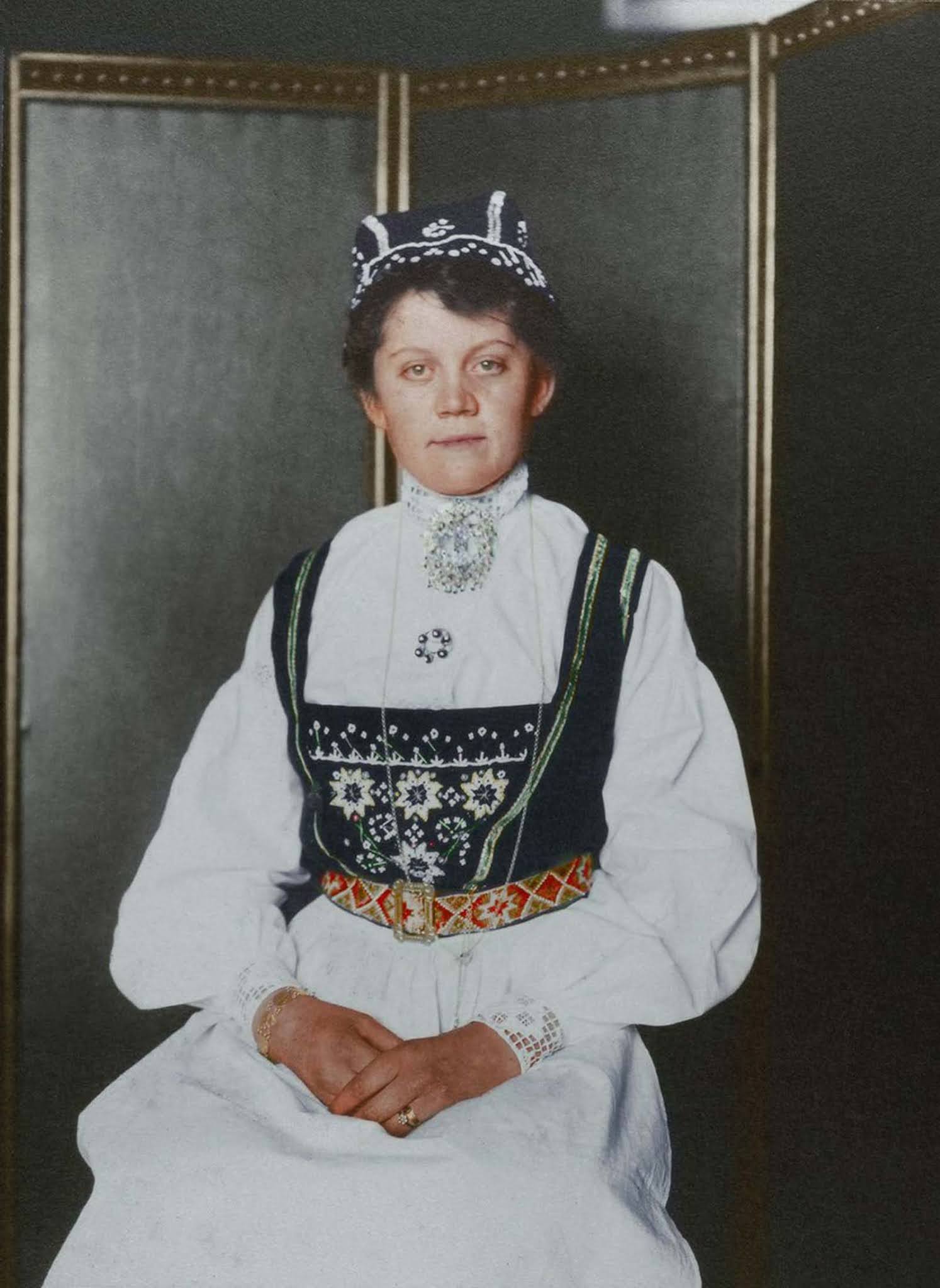
“Norwegian woman.” Bunad is the umbrella term encompassing Norwegian traditional dress that is distinctly Norwegian, though the costumes themselves like so many others are influenced by region, tradition, and available material. In rural Norway, clothes were often made at home and typically made from wool, though silk or other imported material was available. The decoration was elaborate or sparse depending on the region, or whether or not the dress was considered Sunday best. In much of rural Norway, women often covered their hair as a sign they were married. 1910.

“Romanian piper.” This particular cojoc, an embroidered sleeved sheepskin coat, is much plainer than the shepherd’s version, making it a more practical, work-oriented coat, suggesting that the subject is of the working class given the lack of decoration and the straw hat. The waistcoat, known as a pieptar, is worn by both men and women, and smaller waistcoats were made from lambskin. 1910.
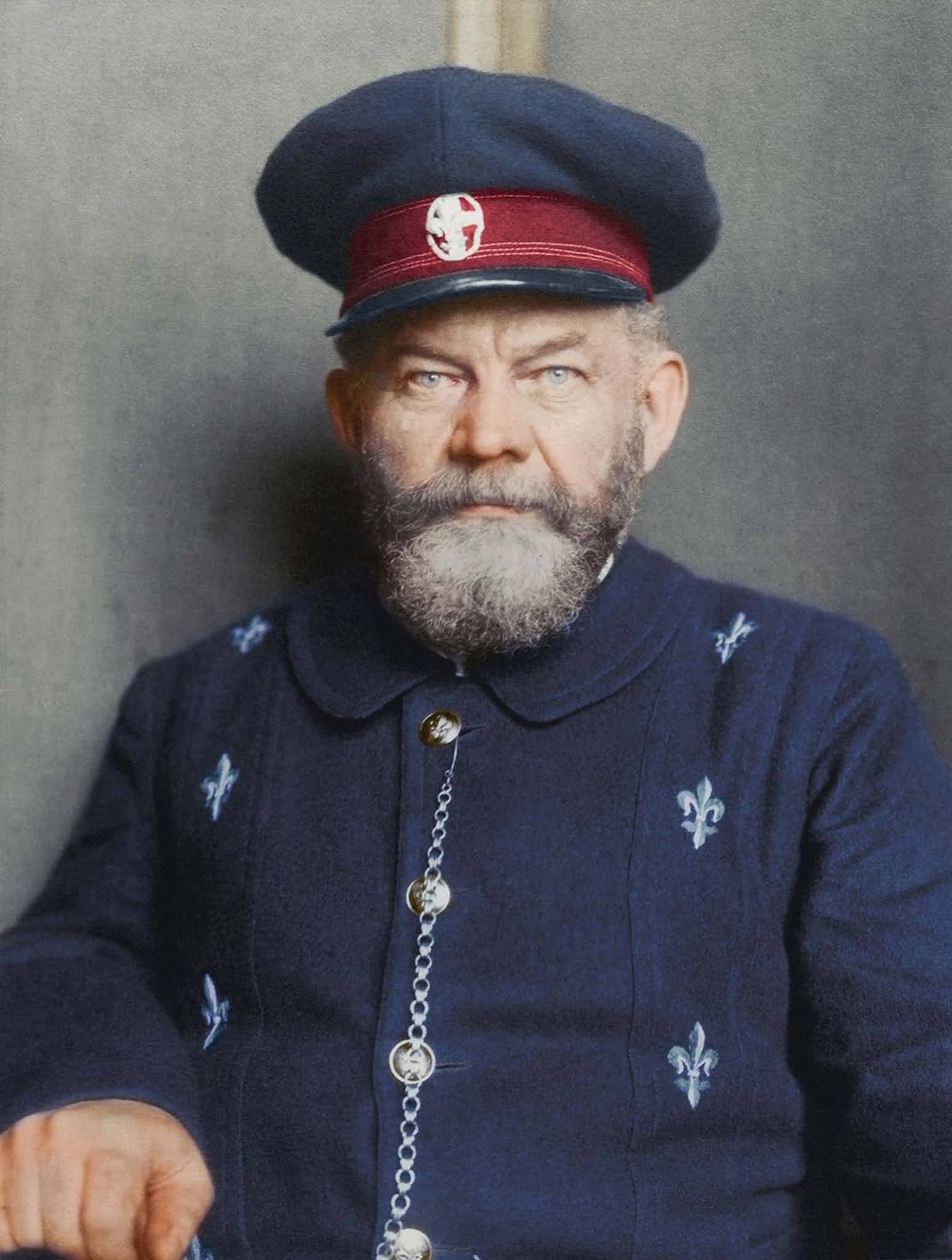
“Danish man.” Evolving since the 1750s, the Danish dressed simply, with more decorated attire for special occasions such as weddings or Sunday church. As with many nations before mass industrialization, much of the clothing was homespun by Danish women or a professional weaver and were usually made from wool and flax, which were warm and relatively easy to acquire. Cuts and patterns were largely regional with a limited palette derived from vegetable dye. Men often wore several shirts underneath their jackets, and the addition of silver buttons on the jacket and other decorative details indicated an individual’s wealth and origin. 1909.
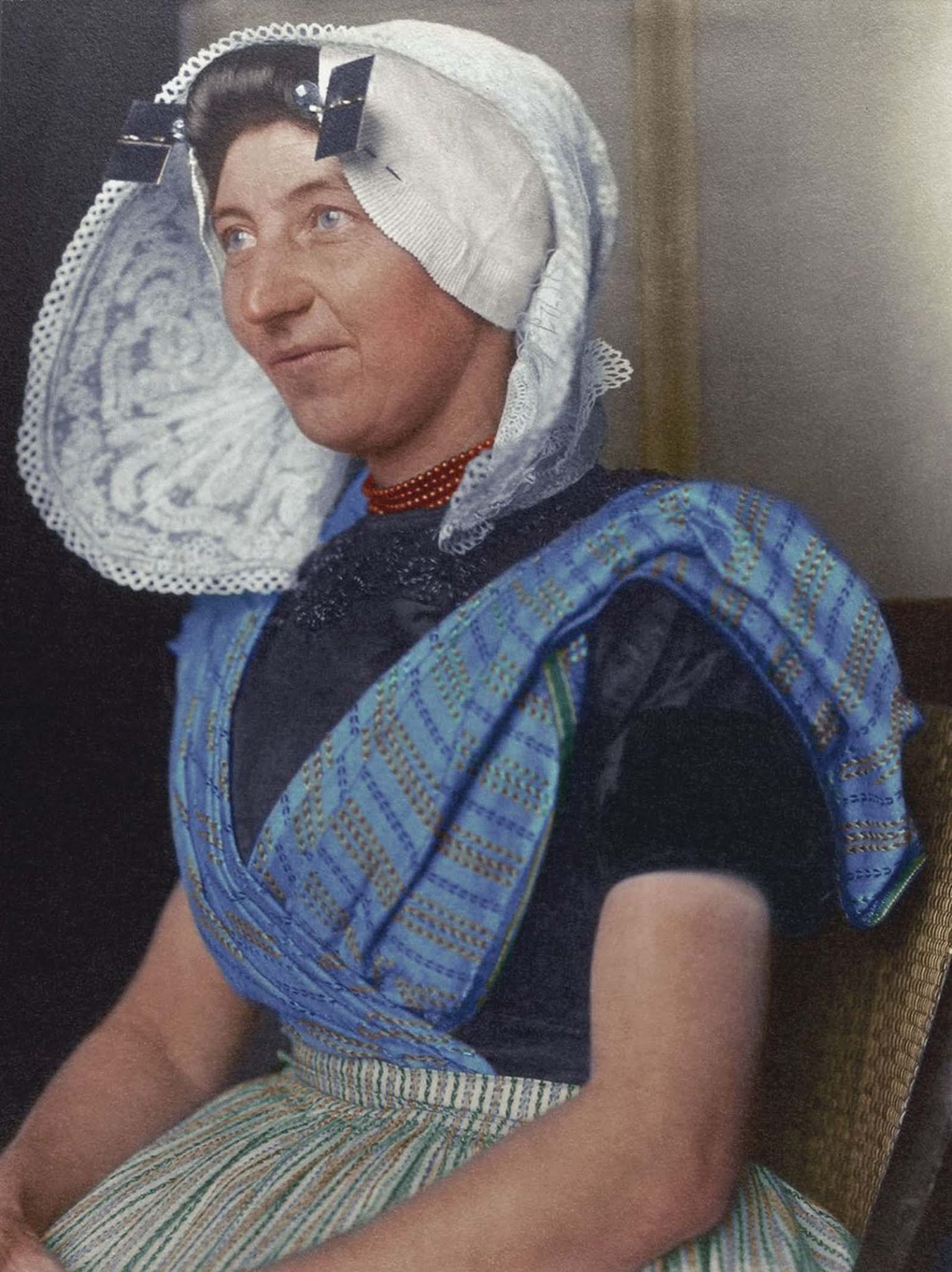
“Dutch woman.” The large bonnet, which is arguably one of the most recognizable aspects of Dutch traditional dress, was usually made of white cotton or lace and sometimes had flaps or wings, and often came with a cap. The rest of the costume, like so many others, came in distinctly regional variations which were made from cotton, linen, or wool and decorated with embroidered floral patterns. A sleeved bodice covered the top half of the body and came in a dark color, contrasted by a colorful tunic, as seen in this photograph. 1910.

“Rev. Joseph Vasilon, Greek-Orthodox priest.” The vestments of the Greek Orthodox church have remained largely unchanged. In this photograph, the priest wears an anteri, an ankle-length cassock (from the Turkish quzzak, from which the term ‘Cossack’ also derives) worn by all clergymen over which an amaniko, a type of cassock vest, is sometimes worn, over which the black outer cassock known as an exorason is worn. The stiff cylindrical hat is called a kalimavkion and is worn during services. 1910.
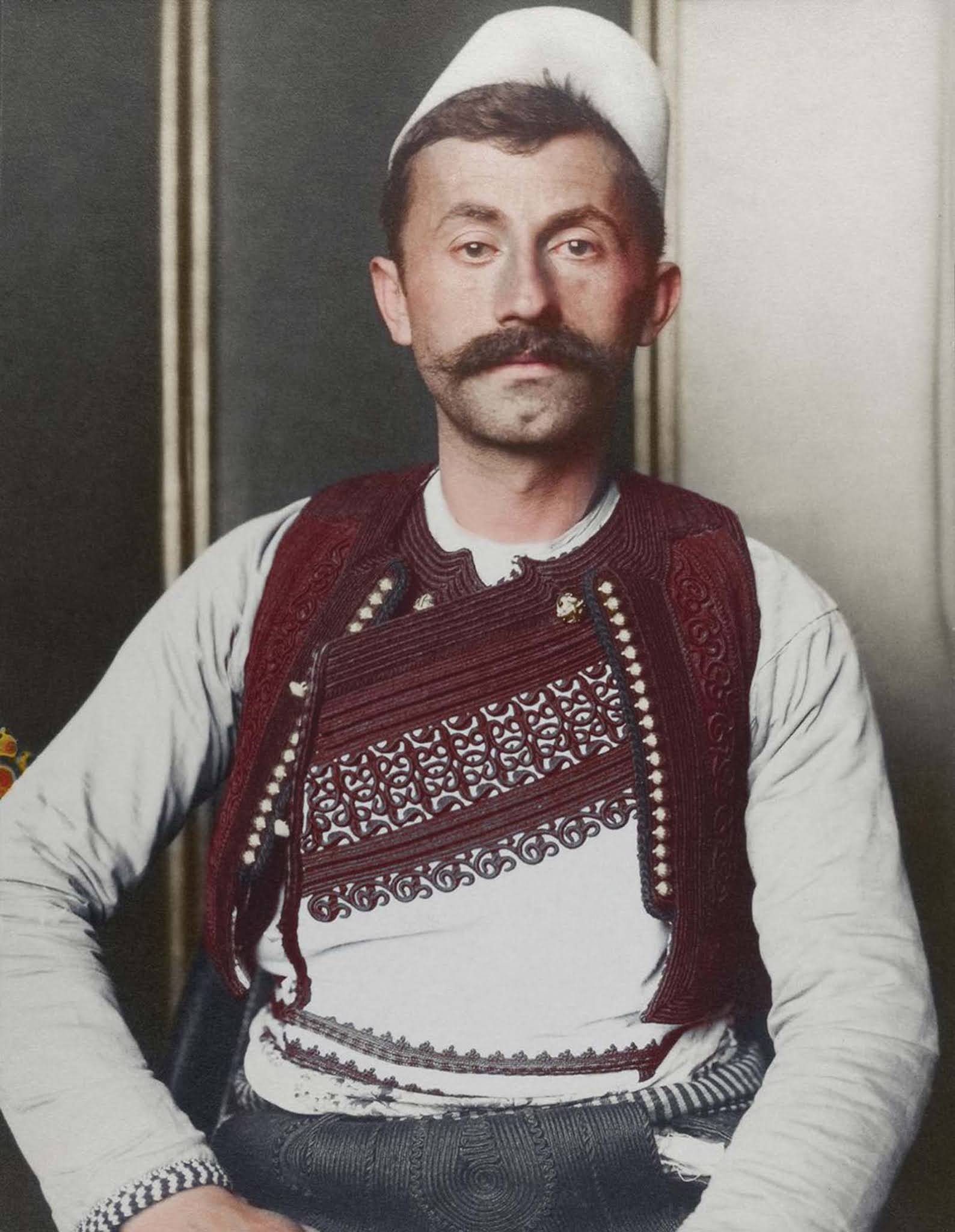
“Albanian soldier.” The truncated brimless felt cap is known as a qeleshe, whose shape was largely determined by region and molded to one’s head. The vest, known as a jelek or xhamadan, was decorated with embroidered braids of silk or cotton. Its color and decoration denoted the region where the wearer was from and their social rank. This soldier is likely from the northeastern regions of Albania. 1910.
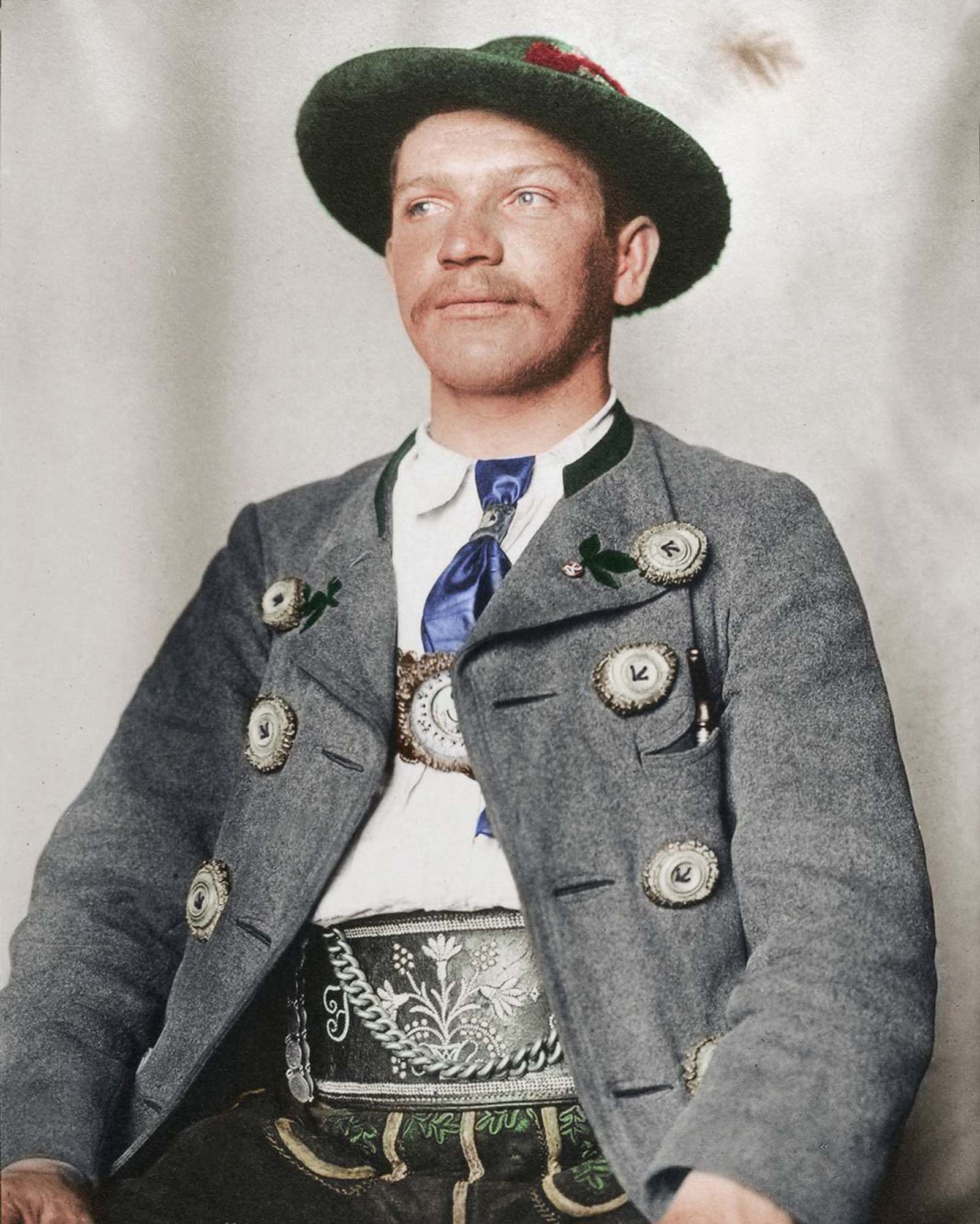
“Bavarian man.” The traditional dress of Germany is known as the trachten, and like so many others has regional variations. In the alpine regions of Germany like Bavaria, leather breeches known as Lederhosen were worn regularly by rural folk, though in modern-day Germany, most people associate the garment with the annual Oktoberfest. The grey jacket, known as a trachtenjanker, is made from fulled wool and decorated with horn buttons, often used by hunters in the region. 1910.
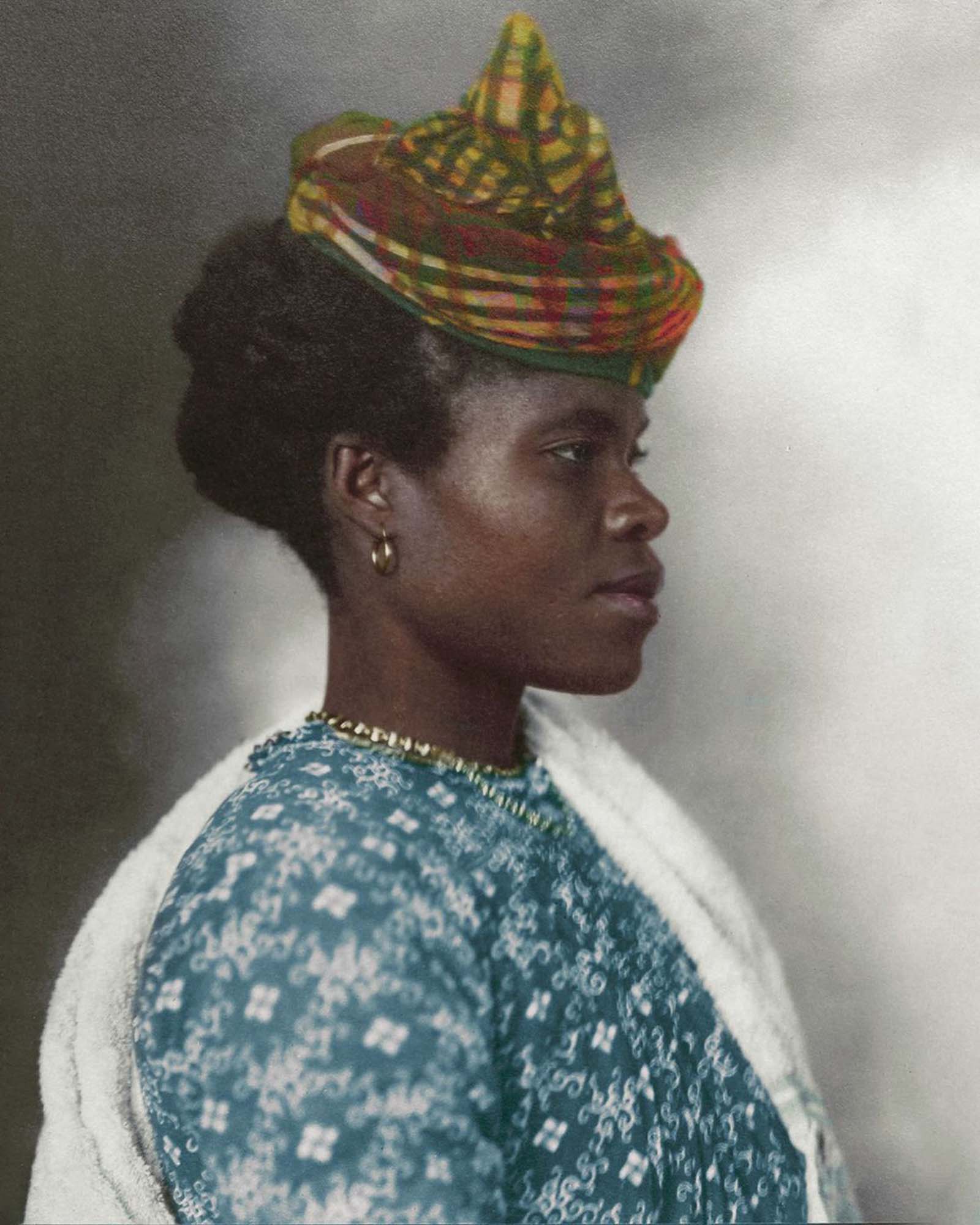
“Guadeloupean Woman.” The elaborate tartan headpiece worn by this Guadeloupean woman can be traced back to the Middle Ages, where the eastern Indian city of Madras was famed for its cotton making. First plain, then striped and then with increasingly elaborate patterns, the Madras fabric that was exported and used as headwraps was eventually influenced by the Scottish in colonial India, leading to a Madras-inspired tartan known as “Madrasi checks,” which in the colonial empires made its way to the French-occupied Caribbean. Like many of the traditional costumes from all over the world, the headpiece decoration in many cases was indicative of the married status of the wearer. 1911.
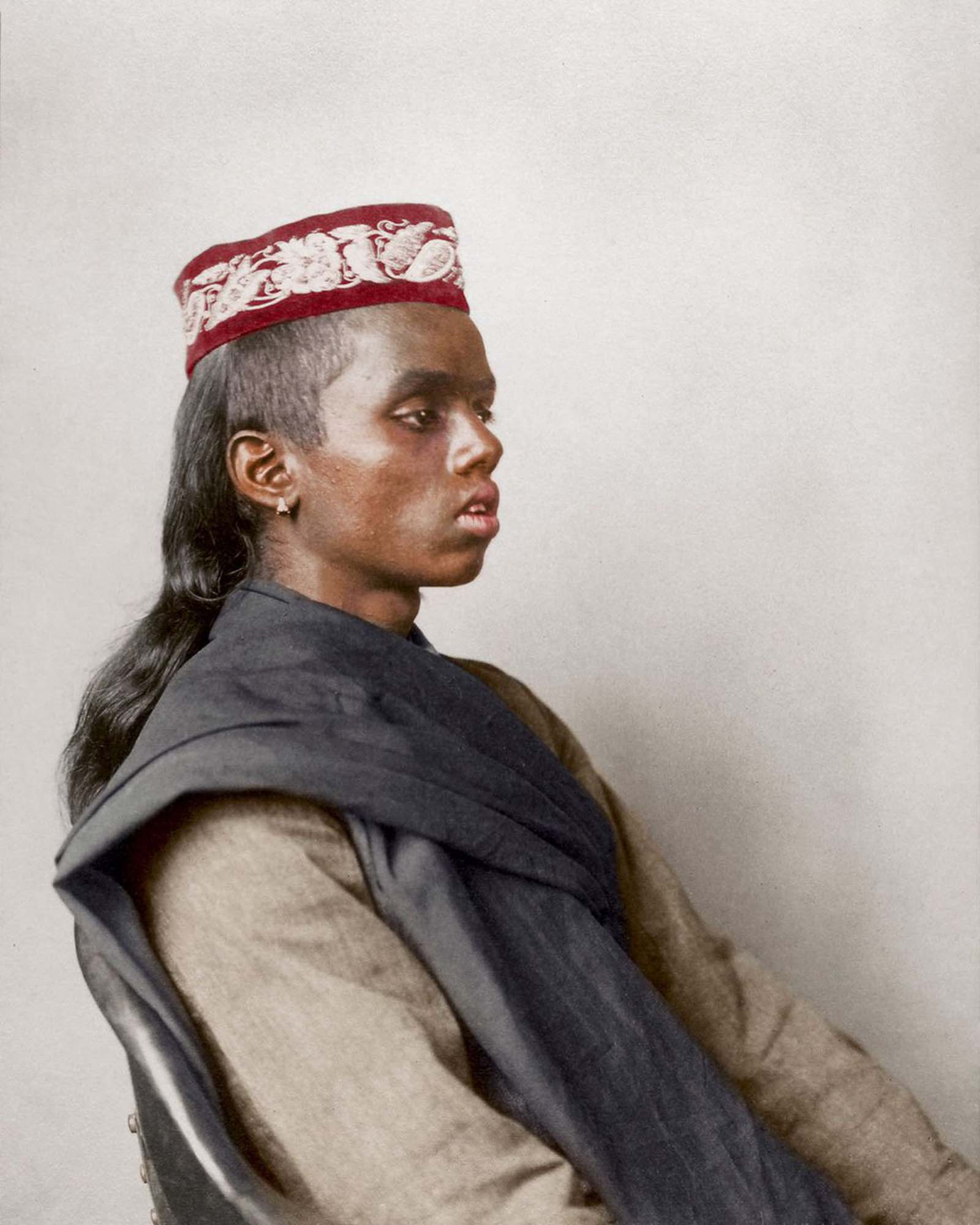
“Hindoo boy.” The topi (a word to denote “cap”) is worn all over the Indian subcontinent with many regional variations and cultural significance, and is especially popular in Muslim communities, where it is known as a taqiyah. Both the cotton khadi and the prayer shawl are most likely handspun on a charkha, and used all year round. 1911.

“Italian woman.” This traditional dress was most likely homespun and consisted of a long, wide dress to cover the ankles. Above, a bodice and sleeves were tied in such a way to expose portions of the linen blouse. Colors and materials were usually regional. Shawls and veils were also a common feature, and an apron decorated with floral brocades was used for special occasions such as weddings. 1910.
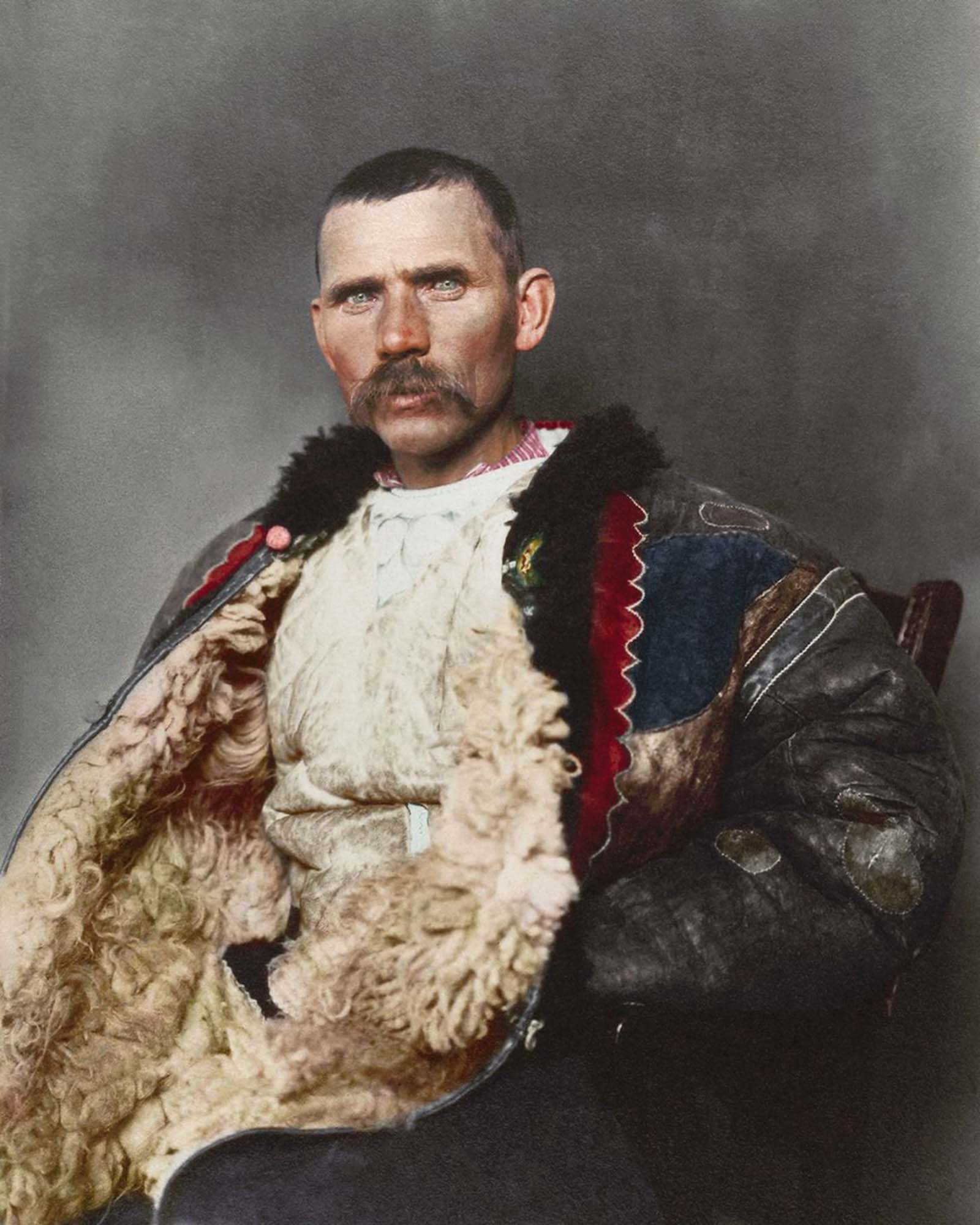
“Romanian shepherd.” Dominating the photograph is a traditional shepherd’s cloak known as sarică, made from three or four sheepskins sewn together with the fleece facing outwards and generally extended to below the knee, which could be used as a pillow when sleeping outdoors. Sheepskin was also used to make the shepherd’s cojoc, an embroidered sleeved coat that had tassels, leather strips and other small decorative elements added. This particular example, given the amount of ornamentation, was likely not used for practical purposes. 1906.

“Cossack man.” The Cossacks were famed soldiers that, by the time of this photograph, had evolved into a military class that served as border guards or police. A Cossack soldier was required to provide his own arms, horses and uniform at his own expense. This man is most likely from the Ussuri Cossack Host, characterized by his papakha, the lamb wool hat and the green cherkesska coat accented in yellow. The coat features a number of pouches to house gazyri, traditionally metal powder tubes for early firearms. 1910.
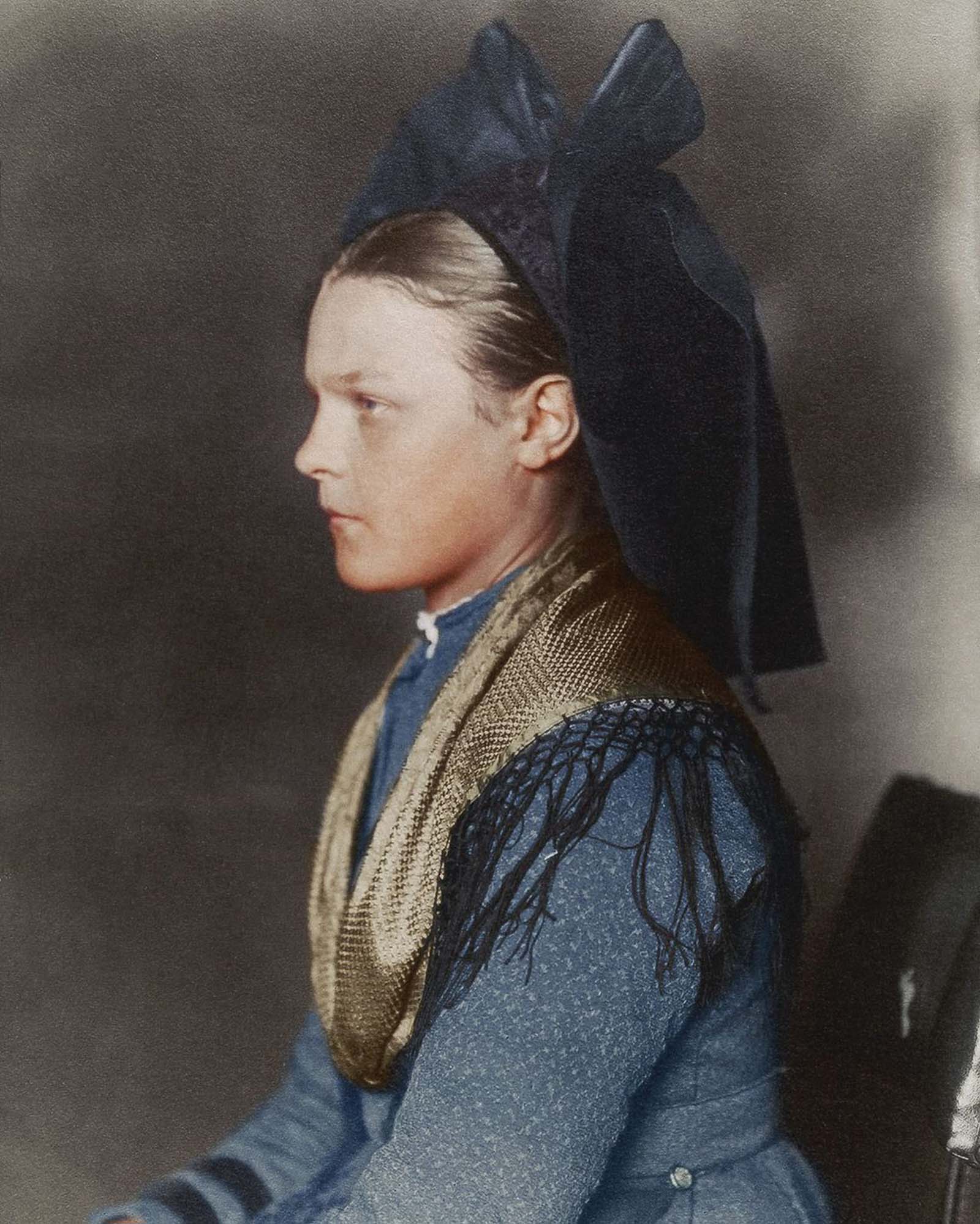
“Alsace-Lorraine girl.” This girl hails from the Germanic speaking region of Alsace, now in modern day France. The large bow, known as a schlupfkàpp, was worn by single women, and signified the wearer’s religion: Protestants wore black while Catholics favored brightly colored bows. 1906.
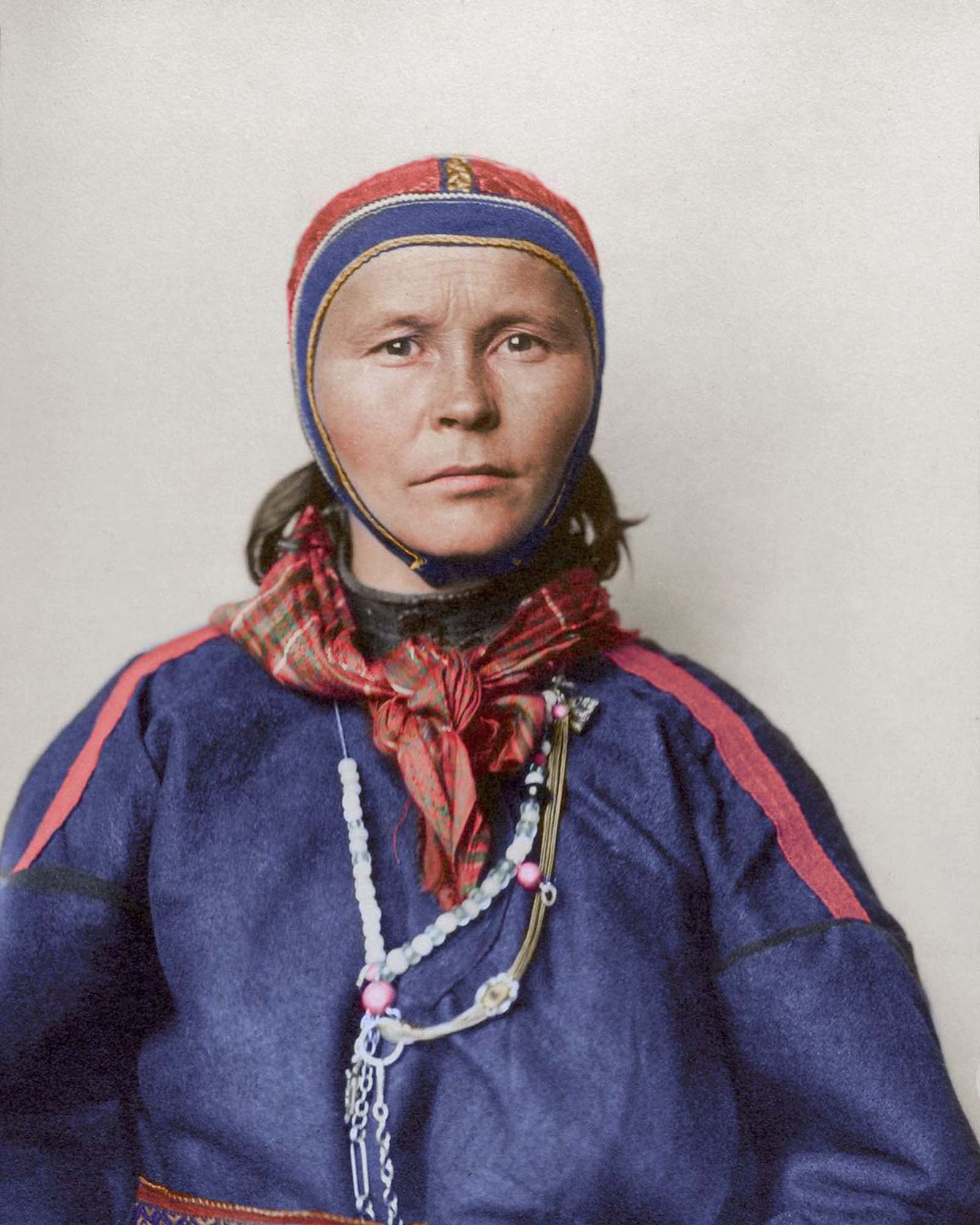
“Laplander.” Gákti is the traditional costume of the Sámi people, who inhabit the Arctic regions spanning from northern Norway to the Kola peninsula in Russia. Traditionally made from reindeer leather and wool, velvet and silks are also used, with the (typically blue) pullover being supplemented by contrasting colored banding of plaits, brooches, and jewelry. The decorations are region-specific and the gákti is used in ceremonial contexts such as weddings. It signified whether or not one was single or married, but also served as a working dress when herding reindeer. 1910.
Other black and white portraits of Ellis Island immigrants
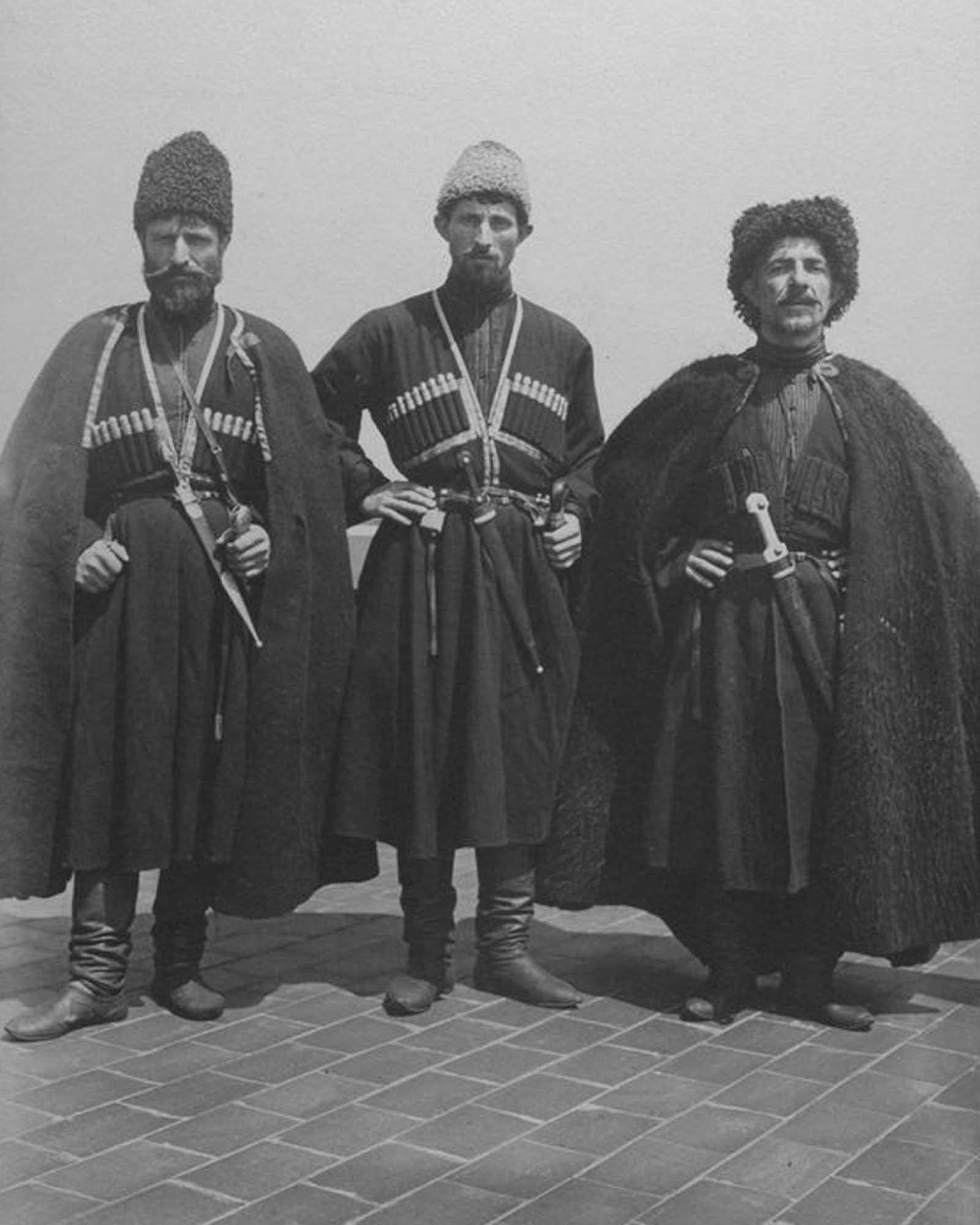
“Russian Cossacks.” 1906.
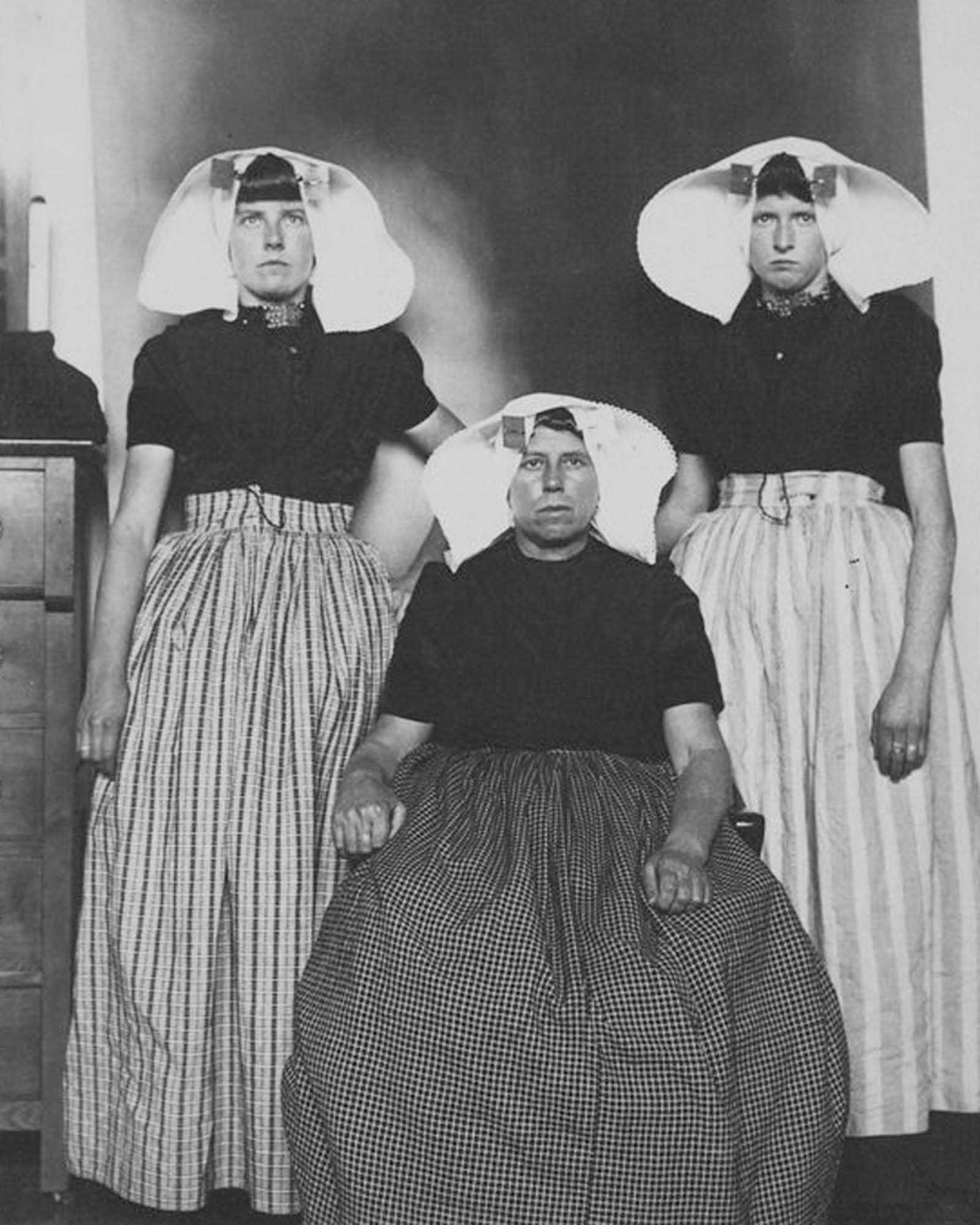
“Three Dutch women.” 1910.

“Scottish boys.” 1910.

“Slovak woman and children.” 1910.
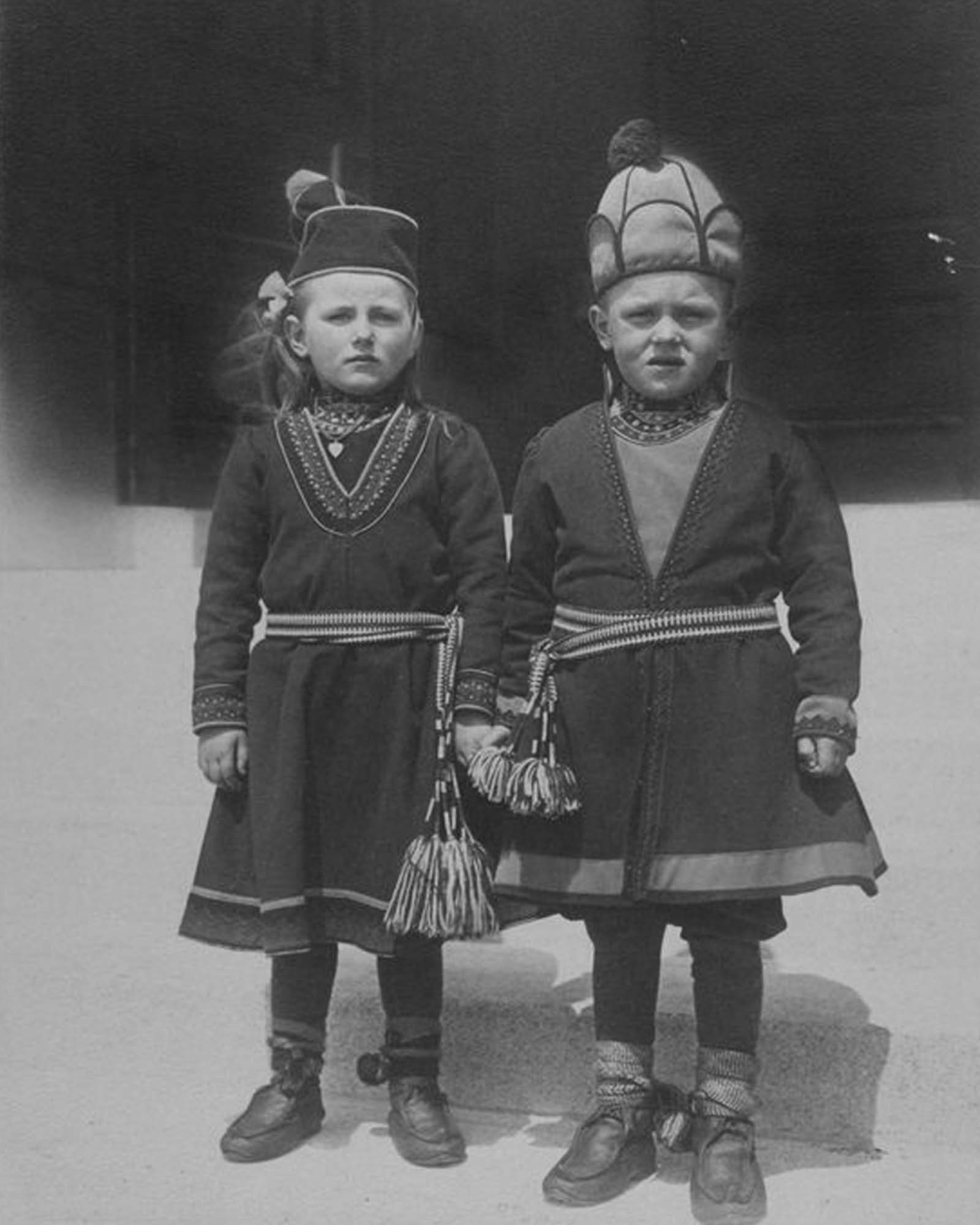
“Lapland children, possibly from Sweden.” 1910.
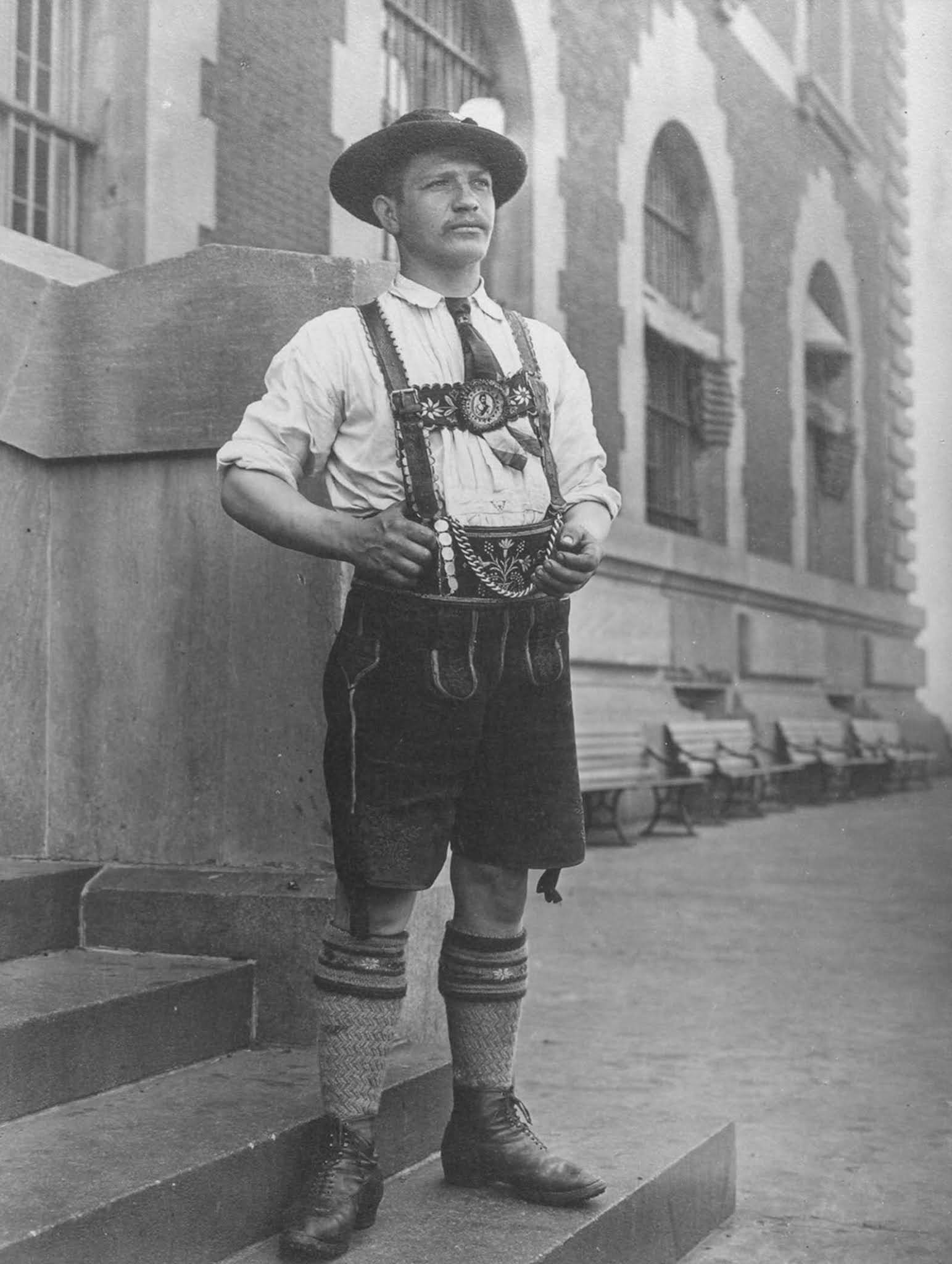
“Bavarian man.” 1910.
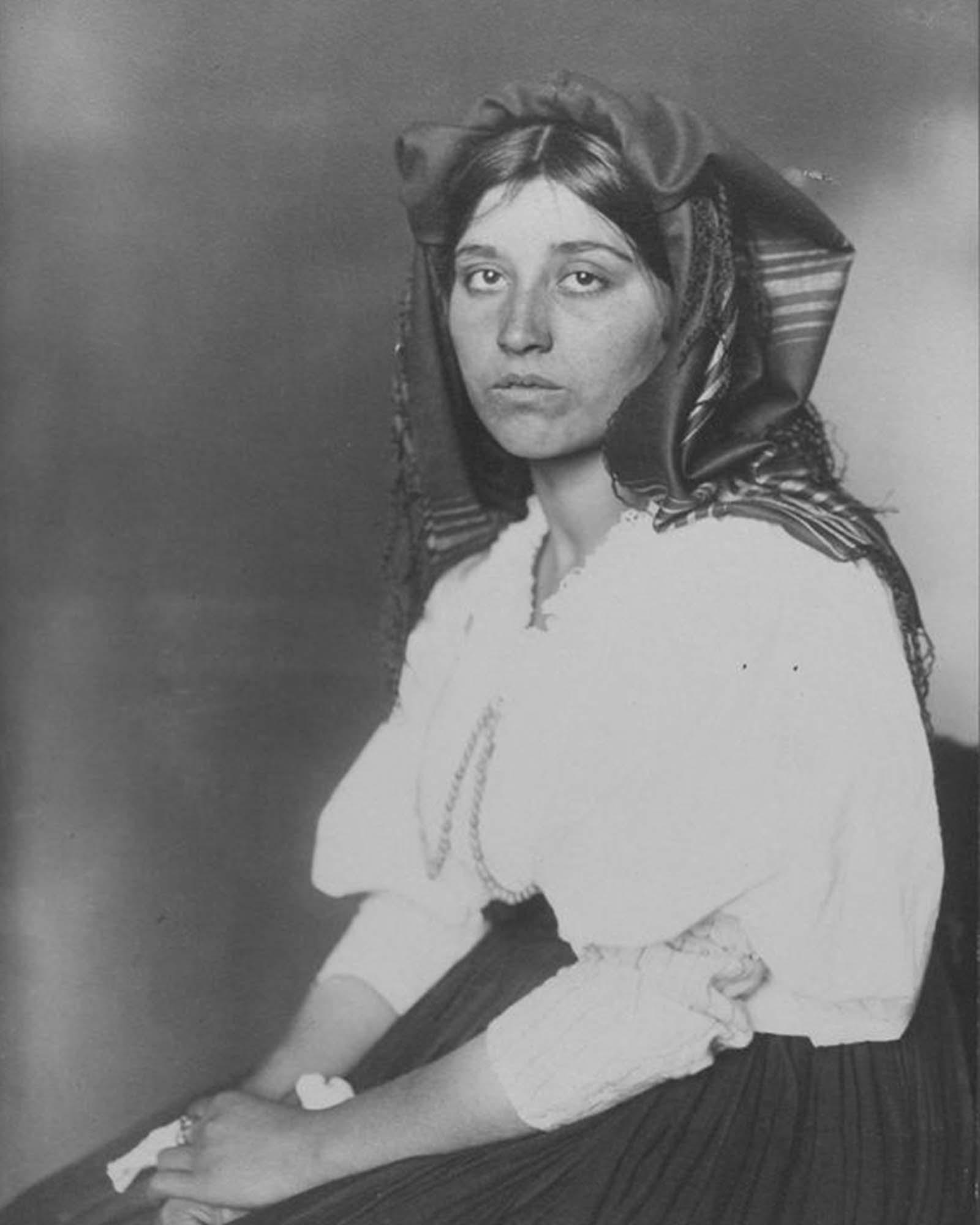
“Italian woman.” 1906.
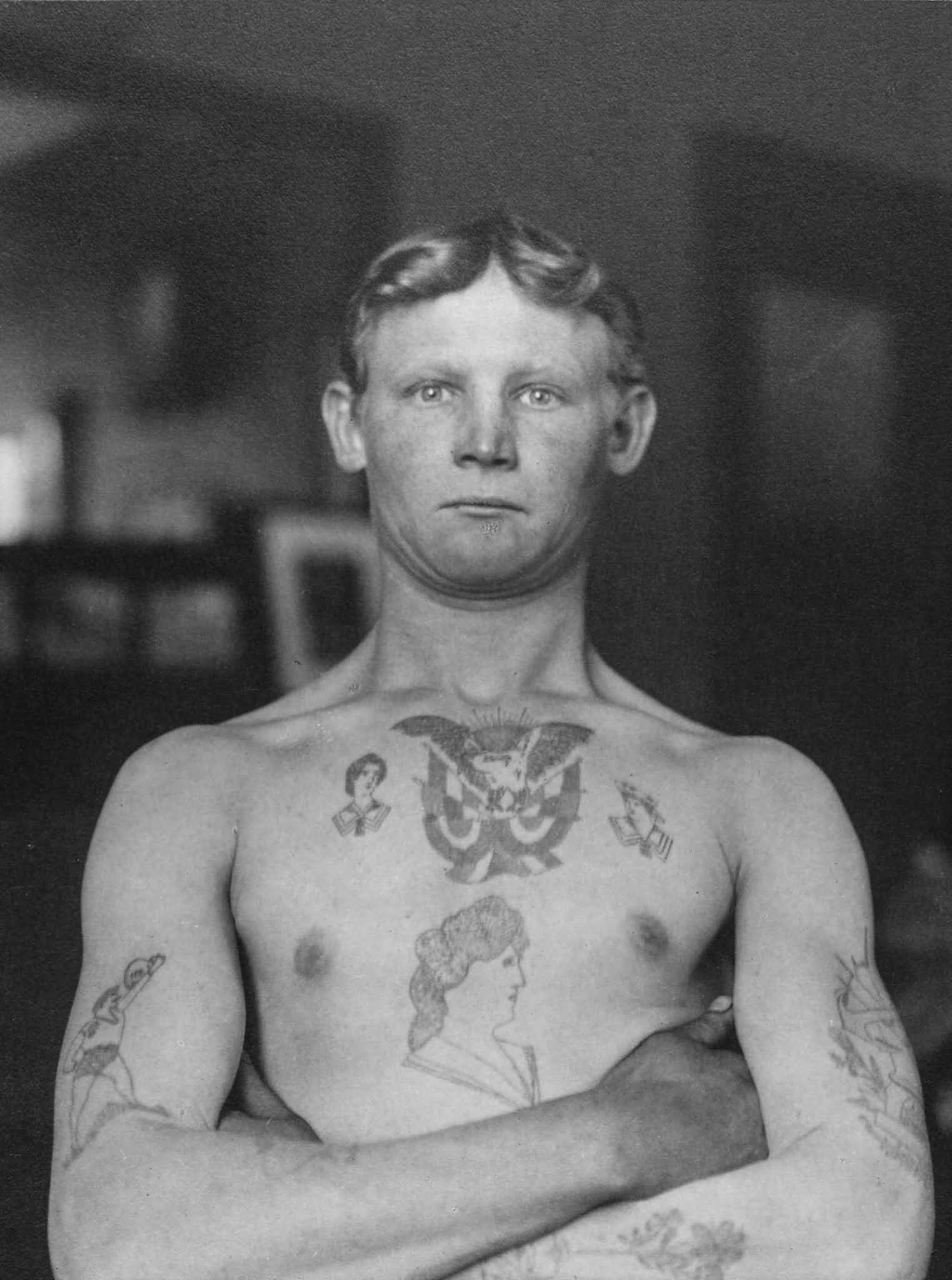
“German stowaway.” 1911.
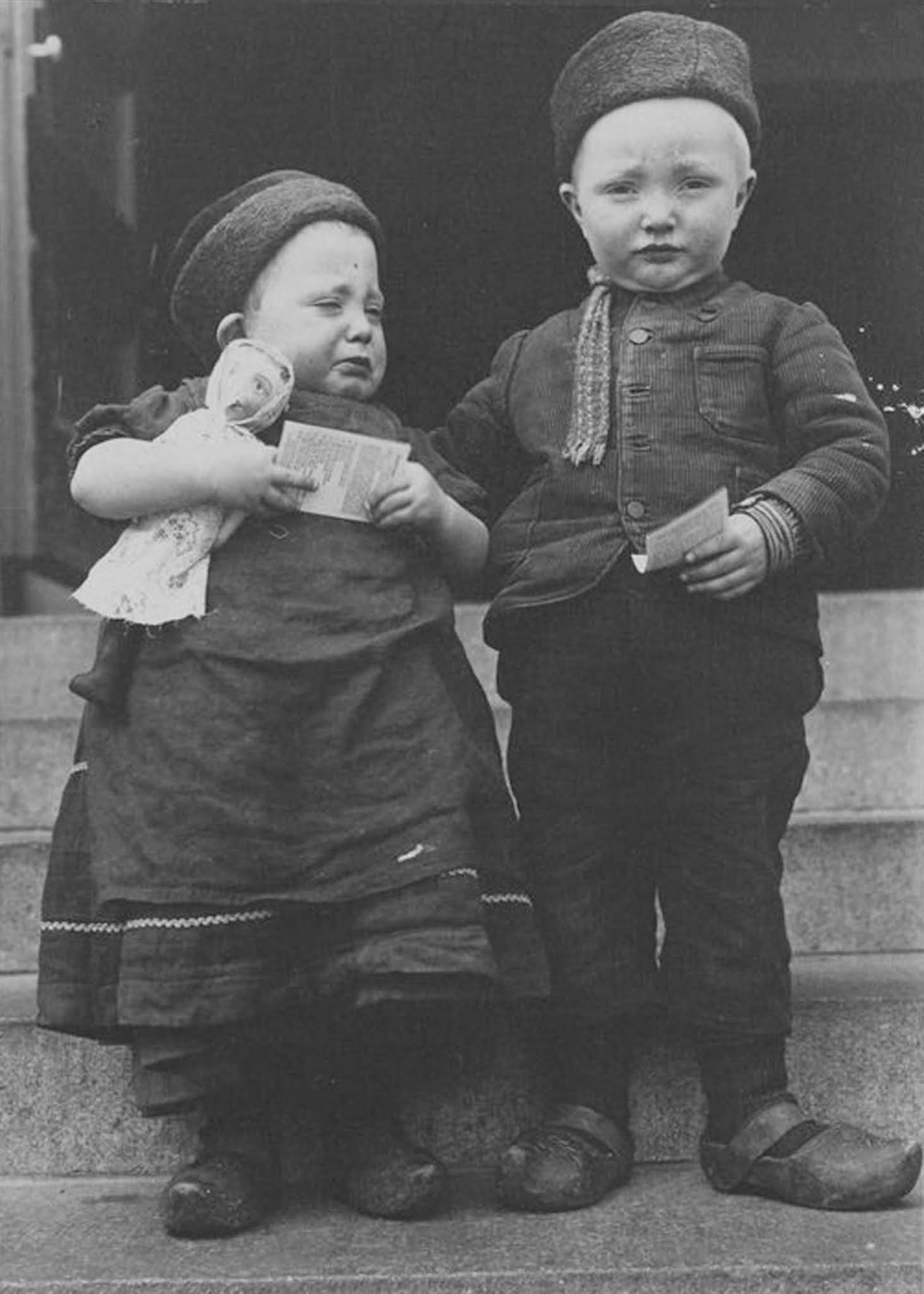
“Dutch children.” 1910.
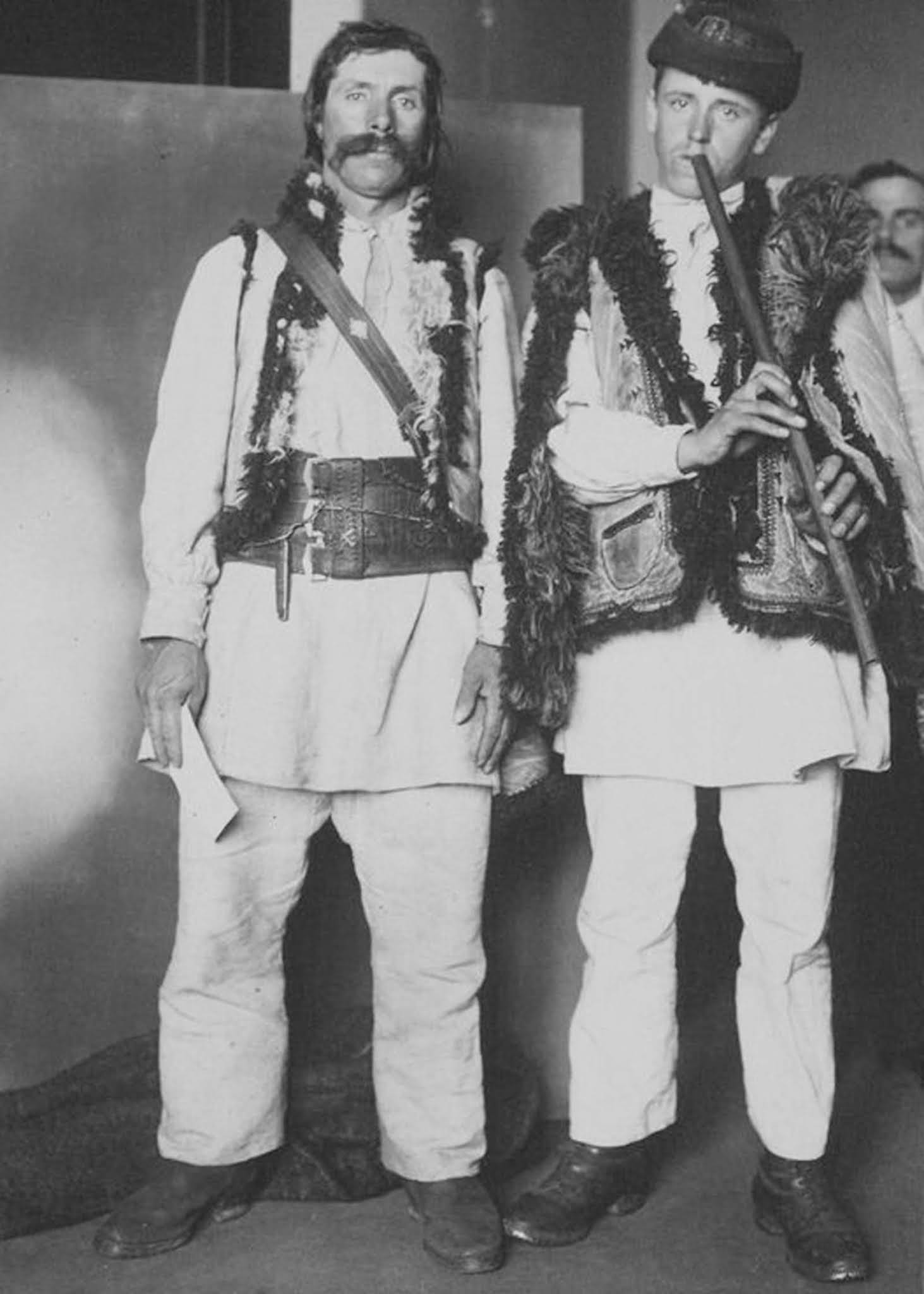
“Pipers.” 1910.

“Turkish man.” 1912.
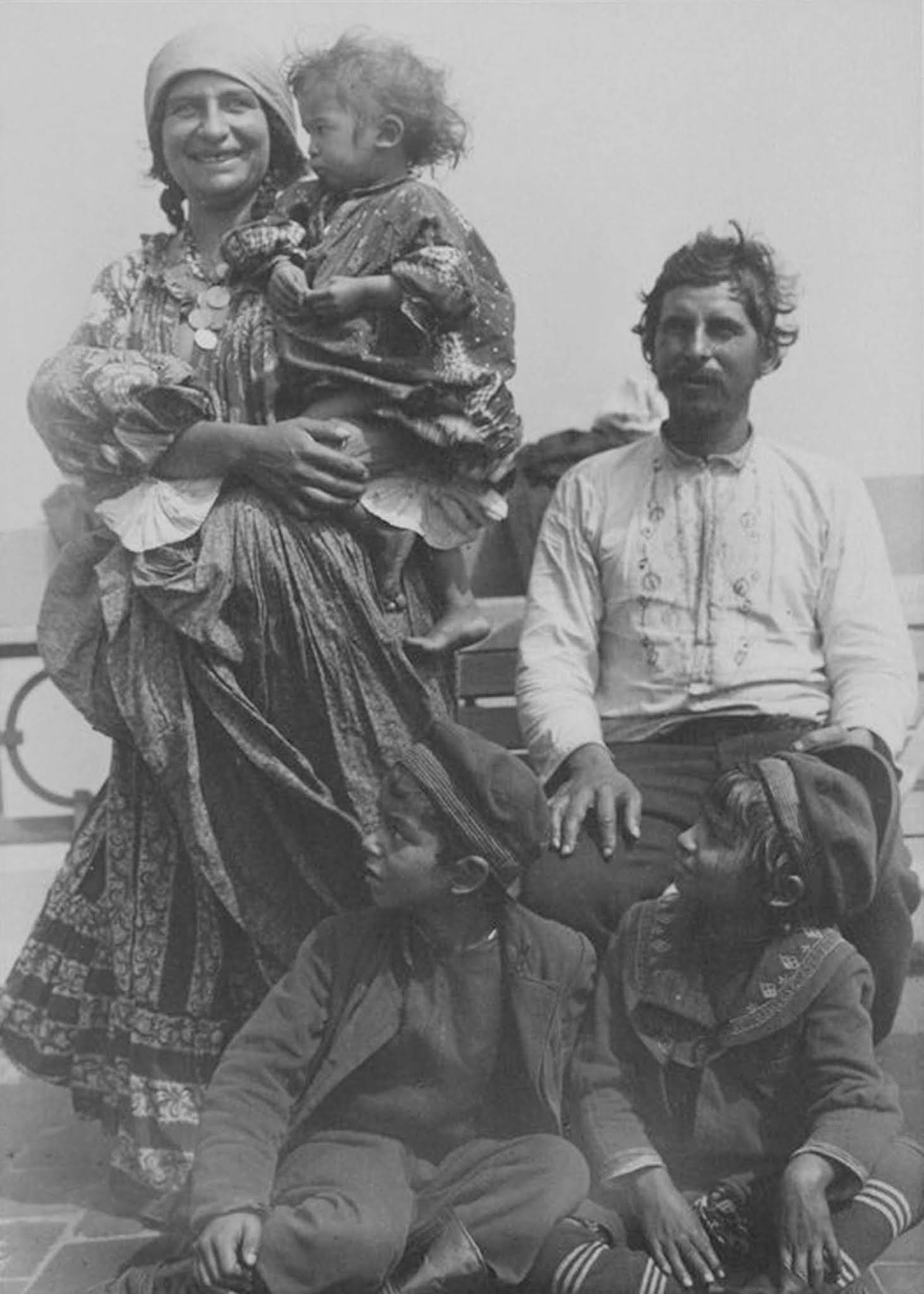
“Gypsy family.” 1910.
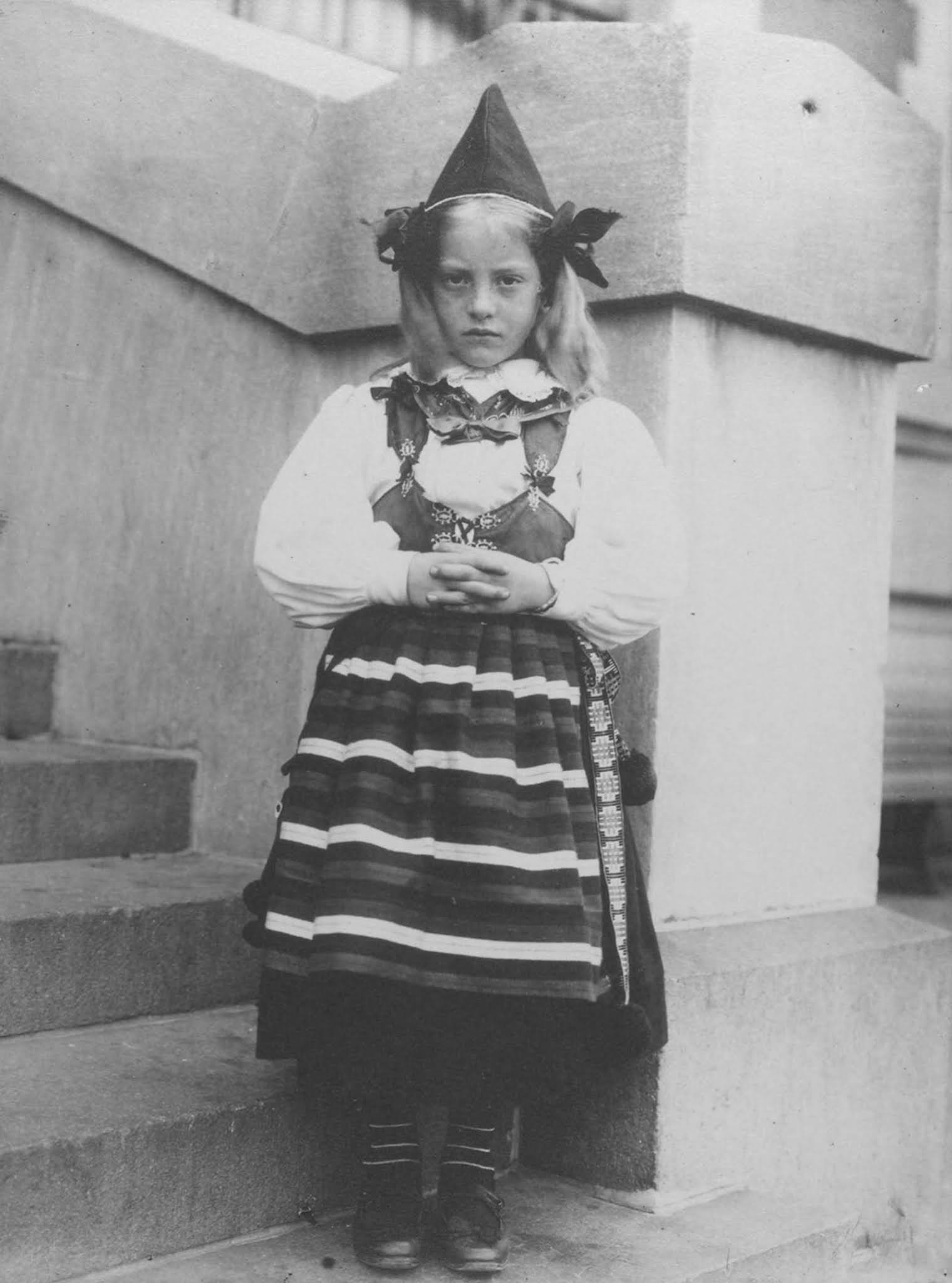
“Girl from Rättvik, province of Dalarna, Sweden.” 1910.
(Photo credit: Augustus Francis Sherman / New York Public Library & Jordan Lloyd / Dynamichrome / The captions of colorized photos taken from The Paper Time Machine).
